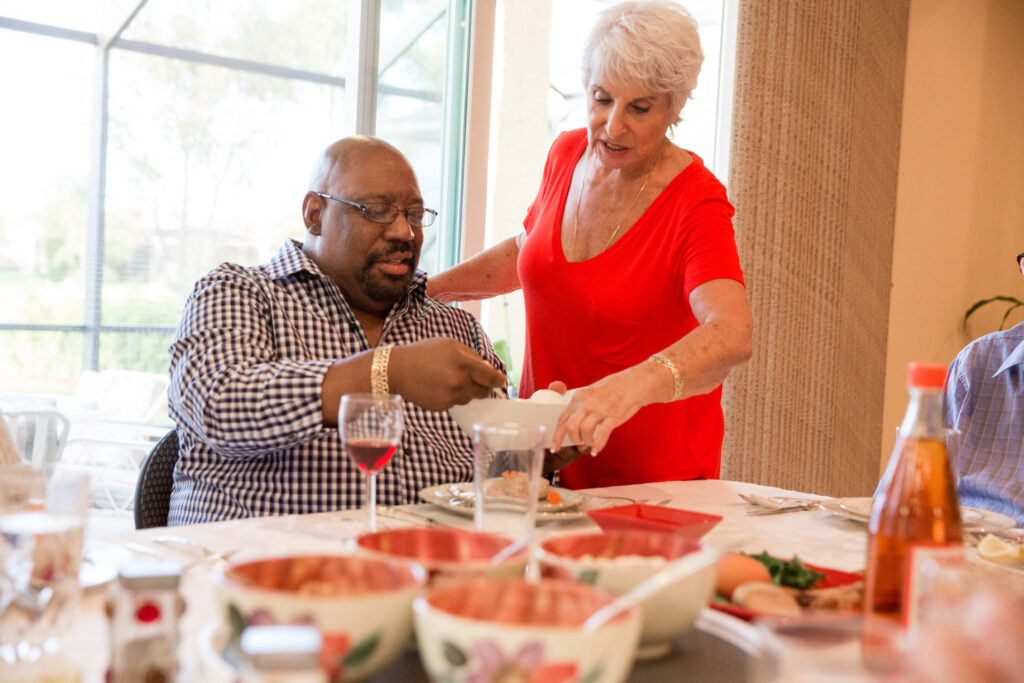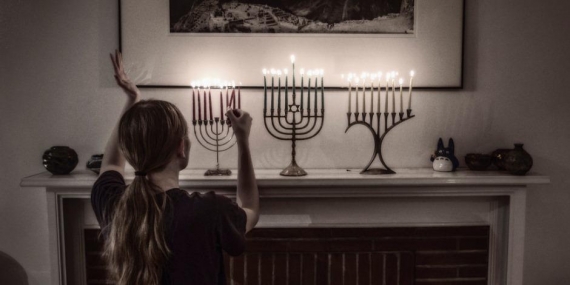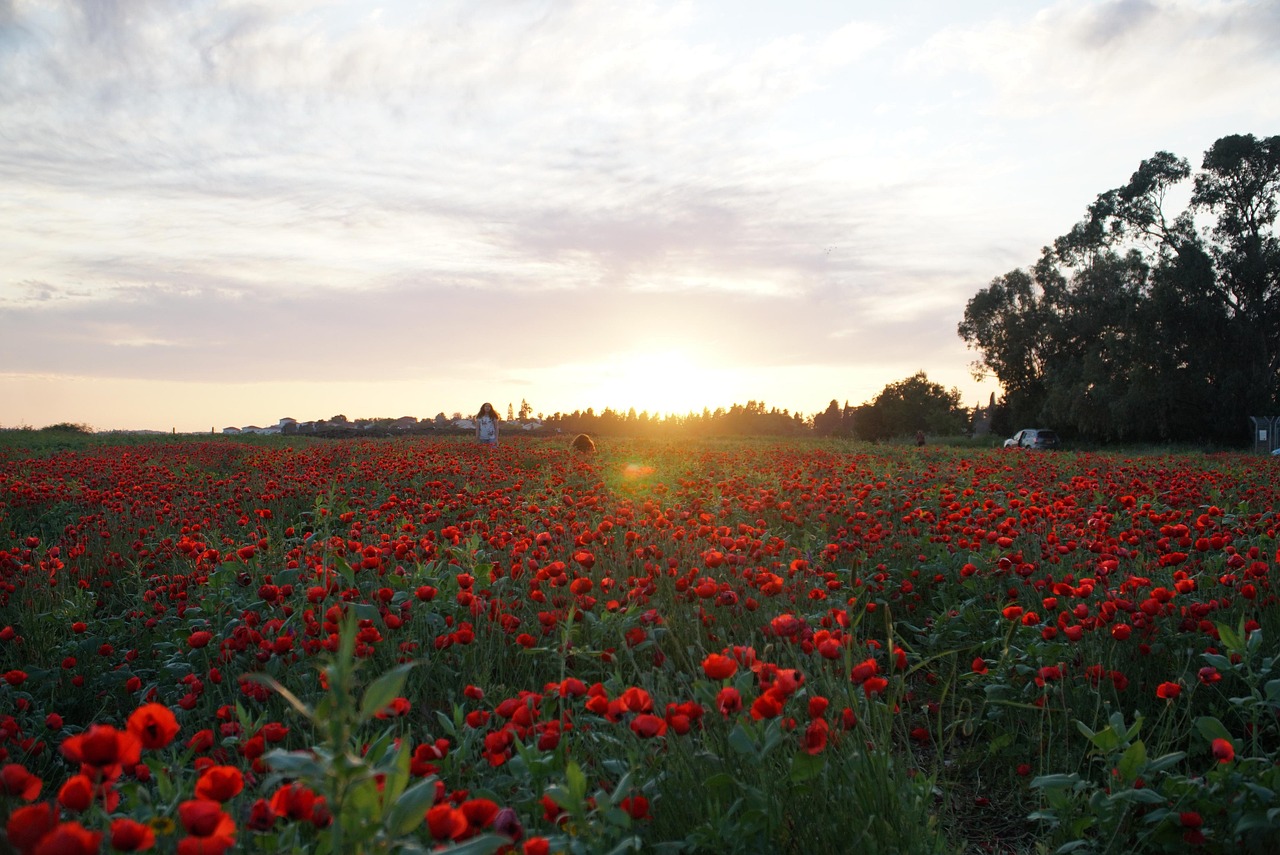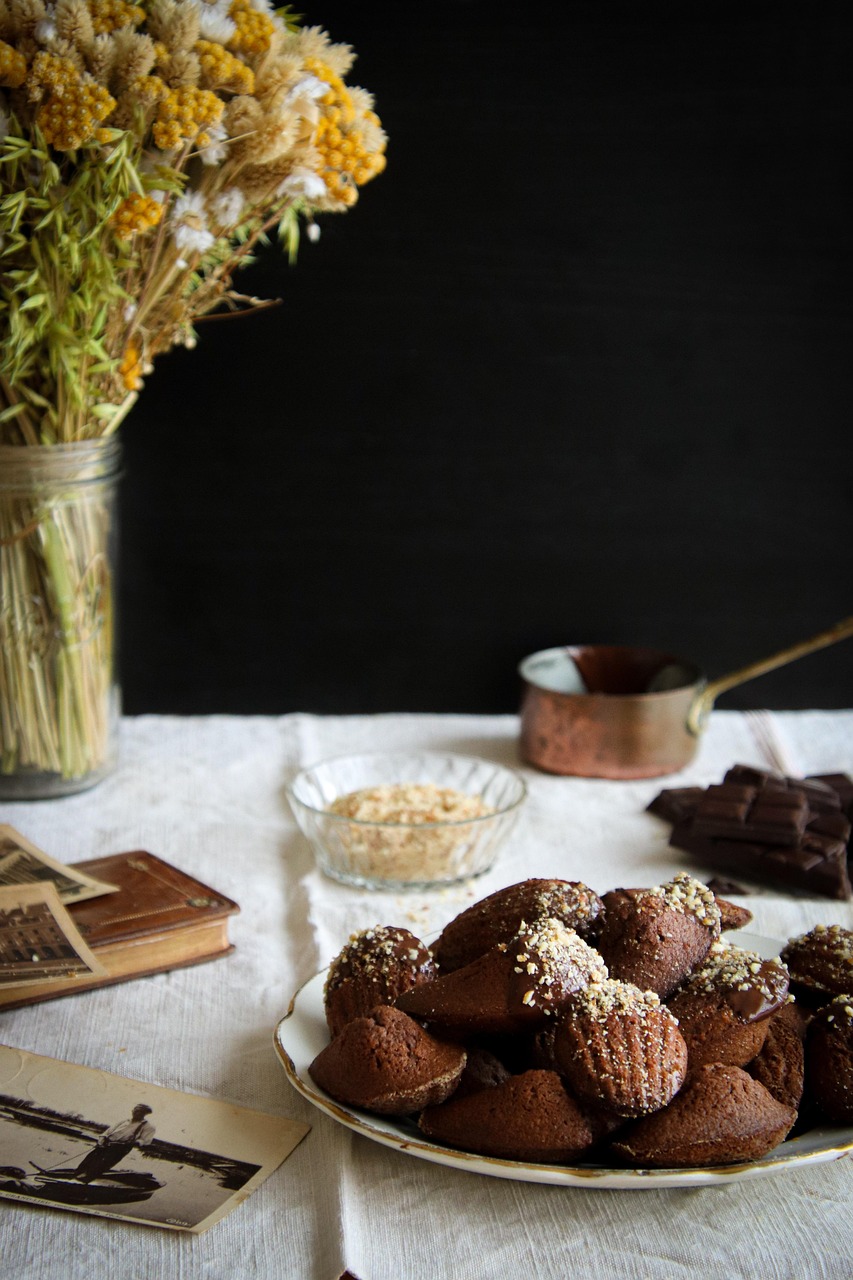New ritual ideas for Passover 5784/2024:
1. Set an empty place for a captive whose story speaks to you. Find out as much as you can about one captive and symbolically invite her/him to your table.
2. “Let all who are hungry come and eat.” These words ring even more true this year. On the eve of our people’s storytelling, the stories of those who are displaced from their homes, those who have lost their jobs and their businesses, and all those who suffer from hunger in Gaza, are spiritually invited to come and eat. The holiness of the family table is spiritual to the degree in which we receive the face of the “Other” to sit with us and to eat.
We can volunteer or donate to Leket or to Kimcha D’Pascha of the Reform Movement.
3. Invite participants to write their own personal plagues ahead of time, such as:
- Blood–of the young women and men who were brutally murdered at the Nova Festival
- Blood–of the Spotters who were gunned down while on watch
- Blood-–of the women who were physically abused
- Blood–of the captives, and the wounded, the raped
- Lice, locusts, boils–the non-hygienic conditions in which the captives suffer
- Pestilence–the killing of the farm animals and domestic pets in the Kibbutzim surrounding Gaza
- Darkness-–Where has Hope gone? Where is the Holy work of peace between peoples? Where is the government who takes care of her citizens ?
- Plague of the killing of the firstborn–Where are the children who were of the massacre? Where did they disappear to? Where are the young soldiers, where are the babies?
4. The Daughters–A Contemporary Interpretation
The Wise daughter who was at the Spotters’ post and reported unusual activity and was ignored. She stayed at her post, despite everything.
The Brave daughters include the soldiers who put on helmets and uniforms to be medics at the ambulances in Gaza. The soldiers who entered together with their brother soldiers in order to guard the borders in the South and in the North. The brides who got married in army uniforms and a veil during the war. This is an act of faith.
The daughter who could not scream,when they raped her at the festival and in the tunnels in Gaza.
The Innocent daughter.This is all of us. We thought that we lived in a safe country. Our lives have been changed drastically. Discuss.
5. Opening the door for Elijah and for Miriam the Prophet and for the Daughter of Pharoah: Let us open the door to the gates of our hearts to all those displaced from their homes and communities from the Kibbutz around Gaza. We open the door to the displaced with their heavy loss of family members, neighbors and friends who were killed or taken into captivity. To the displaced from the cities and Kibbutzim of the North who have become refugees in their own country . The children who do not have school. To those who were uprooted from their workplaces, business and from making a living.
To the reservists who have left their children and families for months on end. Many do not have access to showers, to warmth, to decent food or to their families. We open the doors to our homes as it is written in the Haggadah, to suffering of others.
May the God of Elijah the Prophet, The God Miriam the Prophet, the God of the daughter of Pharoah, come to fill our home with the spirit of holiness, come to sip of the fifth cup, the cup of “And who brought us to the Land of Israel, renewed with justice and mercy and in opening our hearts to the Other.
6. Guidance for a Seder with Young Children
When young children are present at the Seder, we may speak in general terms of “Opening the door to all who are in need of a home, to warmth and to love. “ If the children would be upset by mention of the Captives, we can say, “those of our people who are not with us.”
We may begin with asking “Mah Nishtana,” children will expect to take their place and to ask the traditional questions. The importance of cultivating curiosity and openness; to hear the voices of our children is of supreme importance.
We do not object to joy at the time of crisis, in fact, Purim and Passover are built on these contrasts. If joy encourages children to identify more with the story of justice and helping others, “Mah tov!”
I suggest preparing cut out pictures of the main characters of the Moses/Miriam story attached to sticks for children in order to tell of the Exodus from Egypt. The characters are Moses, Miriam, Aaron, Bat Pharoah, Shifra, Puah, Yocheved, Tzipporah, Gershom and Eliezar, God, the burning bush, Pharoah. To return the story of the Exodus to the Haggadah is exceptionally relevant this year. And not just to youth.













